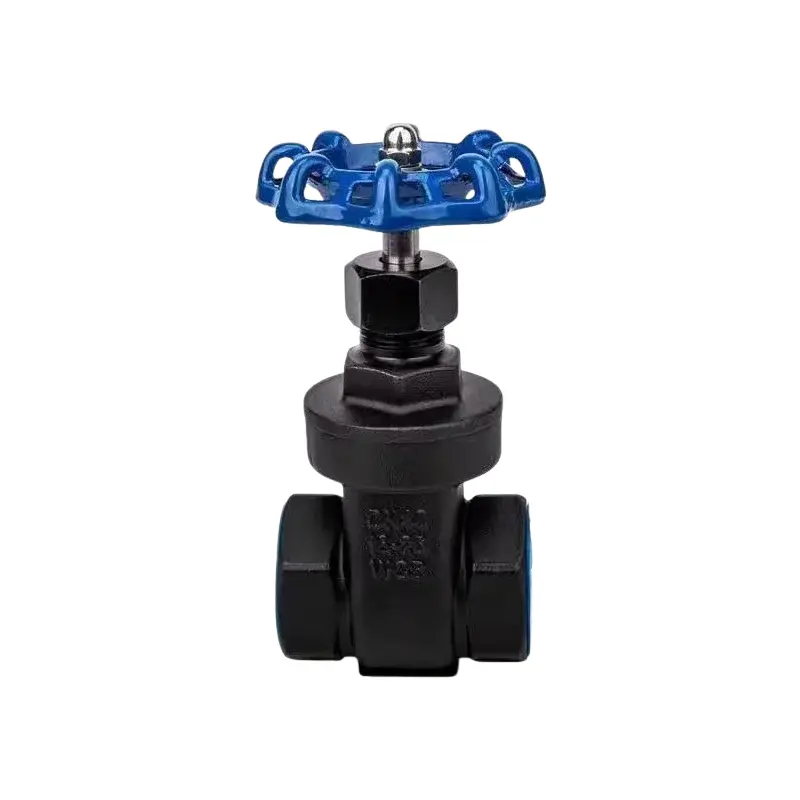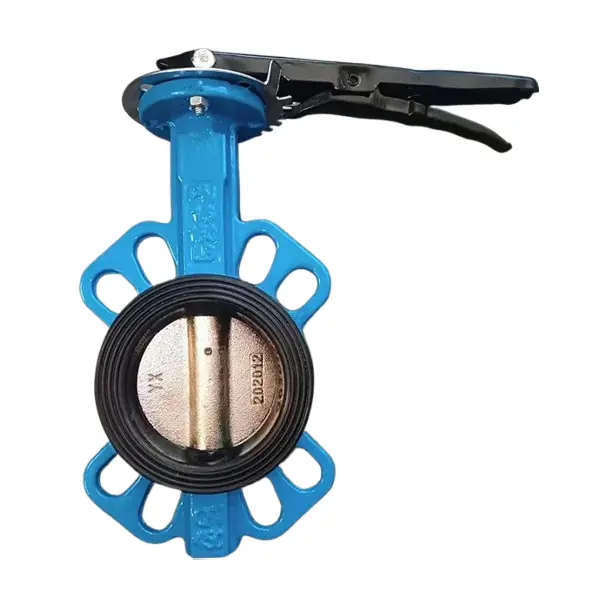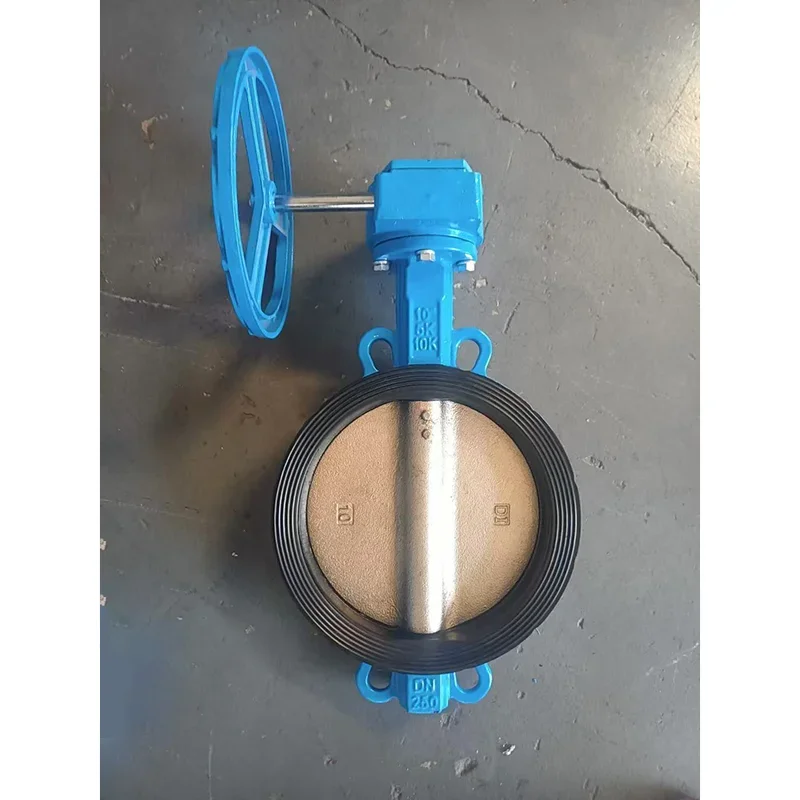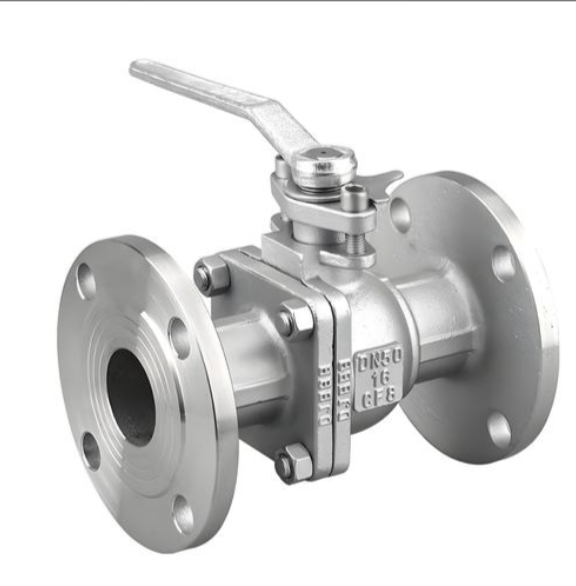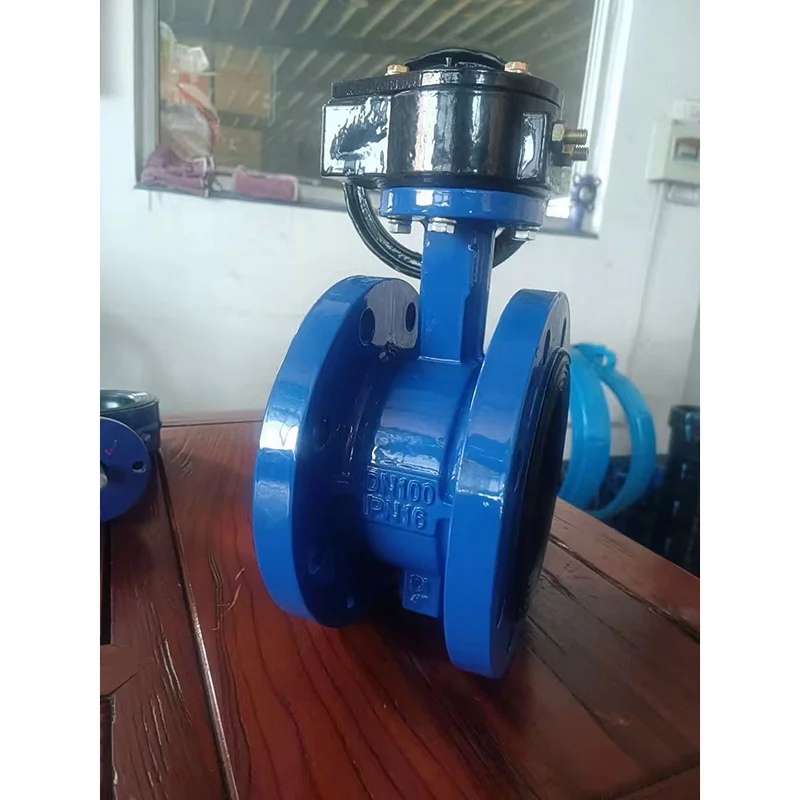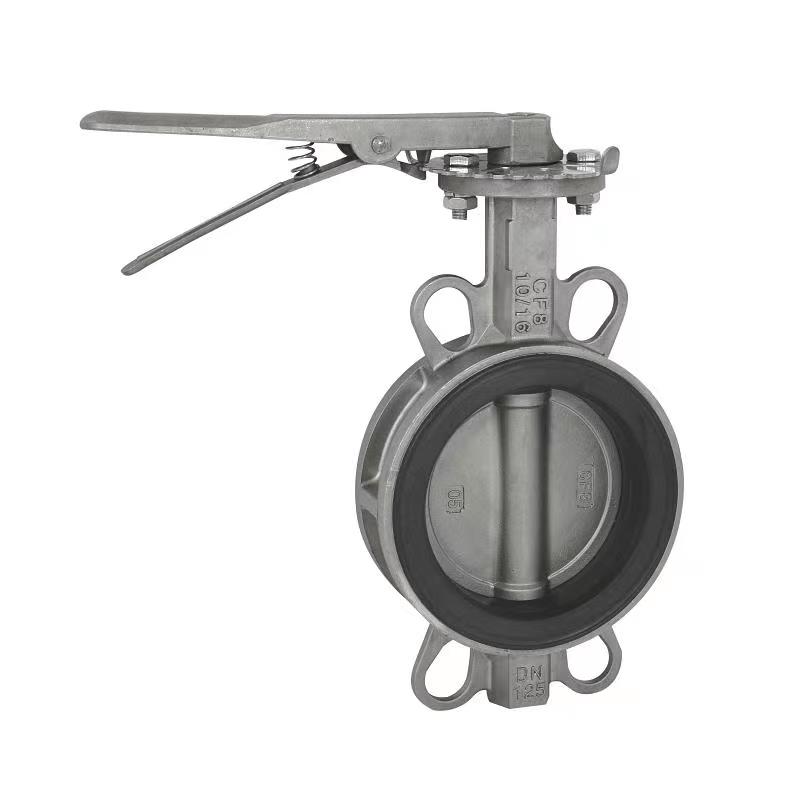- English
- Español
- Português
- русский
- Français
- 日本語
- Deutsch
- tiếng Việt
- Italiano
- Nederlands
- ภาษาไทย
- Polski
- 한국어
- Svenska
- magyar
- Malay
- বাংলা ভাষার
- Dansk
- Suomi
- हिन्दी
- Pilipino
- Türkçe
- Gaeilge
- العربية
- Indonesia
- Norsk
- تمل
- český
- ελληνικά
- український
- Javanese
- فارسی
- தமிழ்
- తెలుగు
- नेपाली
- Burmese
- български
- ລາວ
- Latine
- Қазақша
- Euskal
- Azərbaycan
- Slovenský jazyk
- Македонски
- Lietuvos
- Eesti Keel
- Română
- Slovenski
- मराठी
- Srpski језик
- Esperanto
- Català
- שפה עברית
- Cymraeg
- Latviešu
- icelandic
- ייִדיש
- беларускі
- Hrvatski
- Kreyòl ayisyen
- Shqiptar
- Malti
- lugha ya Kiswahili
- አማርኛ
- Bosanski
- Frysk
- ភាសាខ្មែរ
- ქართული
- ગુજરાતી
- Hausa
- Кыргыз тили
- ಕನ್ನಡ
- Corsa
- Kurdî
- മലയാളം
- Maori
- Монгол хэл
- Hmong
- IsiXhosa
- Zulu
- Yoruba
- অসমীয়া
- ଓଡିଆ
- Twi
- Samoa
- Sesotho
- සිංහල
- Gàidhlig
- Cebuano
- Somali
- Тоҷикӣ
- O'zbek
- Hawaiian
- سنڌي
- Shinra
- Հայերեն
- Igbo
- Sundanese
- Lëtzebuergesch
- Malagasy
- Tǝlam Kanuri
- Punjabi
- پښتو
- Chichewa
Why do gate valve selection always have pitfalls?
Why do gate valve selection always have pitfalls? These 5 'invisible traps' double the cost of engineering!
In industrial pipeline systems, gate valves are critical cutoff devices. Improper selection can lead to frequent leaks and operational delays, and in severe cases, safety accidents, and even cost overruns for the entire project. However, in reality, over 60% of gate valve failures stem from "low-level errors" during the selection stage. Why do gate valves with the same nominal parameters actually have vastly different performance? This article exposes 5 overlooked selection pitfalls to help you avoid pitfalls.
Trap 1: The nominal pressure (PN) is falsely labeled, and insufficient pressure resistance can lead to disastrous consequences
The nominal pressure is the core parameter of gate valves, but some manufacturers often cut corners on materials in order to reduce costs. For example, for a gate valve with a nominal PN16, if the valve body material is downgraded from WCB (carbon steel) to HT250 (gray cast iron), its actual pressure resistance will drop sharply from 16MPa to 6MPa. A certain chemical enterprise once mistakenly selected this type of gate valve for high-pressure steam pipelines, and after 3 months of operation, the valve body burst, resulting in a direct loss of over 800000 yuan. Selection key: The manufacturer is required to provide a material testing report and verify the compatibility between the PN value and the materials of the valve body, valve cover, and valve stem.
Trap 2: Mismatched sealing surface material, leakage becomes the norm
The sealing performance of gate valves depends on the compatibility between the sealing surface material and the working conditions, but the selection is often overlooked. For example, hard sealed gate valves (WCB+STL Stellite alloy) are suitable for high temperature, high pressure, and granular media, while soft sealed gate valves (rubber/PTFE) are used for room temperature, clean media. A certain sewage treatment plant once used soft sealed gate valves for sewage pipelines containing sediment. Within just one month, the sealing surface was worn and leaked, forcing the replacement with hard sealed gate valves to solve the problem. Selection key: Clearly define the composition, temperature, and pressure of the medium, and prioritize selecting gate valves with a material tolerance range greater than the operating limit value.
Trap 3: Reverse selection of valve stem structure, dilemma between operation and maintenance
The stem structure of gate valves is divided into open stem and concealed stem, and the selection should be based on the installation space and maintenance frequency. Bright stem gate valves are prone to dust accumulation and corrosion due to exposed valve stems, but the position of the valve stem can be directly observed during maintenance; The concealed stem gate valve has a compact structure and is suitable for space limited scenarios, but once the seal fails, the entire valve needs to be disassembled. Due to the lack of consideration for maintenance convenience, a certain subway project chose concealed gate valves in narrow tunnels, which required the dismantling of pipelines during later maintenance, resulting in a threefold increase in single repair costs. Selection key: Adequate space and frequent maintenance are required to select the visible pole; Space is limited and long-term operation requires the use of concealed poles.
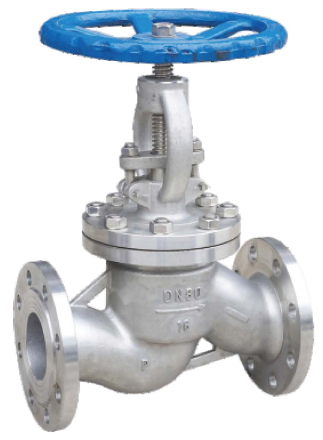
Trap 4: Mismatched driving methods, imbalance between efficiency and cost
Manual gate valves have low costs, but the automation advantages of electric gate valves are often underestimated. For example, in fire protection systems that require remote control, manual gate valves require manual on-site operation and have slow response times; The electric gate valve can be connected to the fire linkage system and can be opened and closed within 3 seconds. A commercial complex once used manual gate valves to save costs, but during a fire, personnel were unable to arrive at the scene in time to close the valves, causing the fire to spread. Selection key: Make comprehensive decisions based on control requirements (manual/electric/pneumatic), response speed, and budget.
Trap 5: Industry certification 'missing', quality is not guaranteed
Gate valves need to be certified according to standards such as API 6D and GB/T 12234, but some small factories omit key testing steps for fast shipping. For example, gate valves that have not undergone low-temperature impact testing are prone to brittle fracture in an environment of -20 ℃; The gate valve that did not pass the salt spray test corroded after 3 months in the marine environment. Selection key: The manufacturer is required to provide certification certificates and verify key data such as temperature, pressure, and corrosion resistance in the testing report.
Conclusion: Gate valve selection is not a simple game of "parameter matching", but a systematic consideration of material, structure, working conditions, and certification. One correct selection can extend the service life of gate valves by 3-5 times and reduce maintenance costs by more than 50%. Remember: asking "Is it suitable for my working conditions?" when selecting is better than remedying it ten times afterwards!
Related News
- Why can ball valves be opened and closed quickly?
- What are the requirements for installing ball valves?
- Is there a strict requirement for the installation direction of ball valves?
- Can check valves prevent pump reversal
- What scenarios are check valves suitable for?
- What should I do if the check valve cannot stop the water?
Leave me a message
New Products





